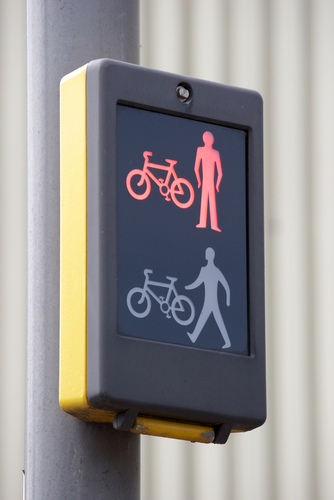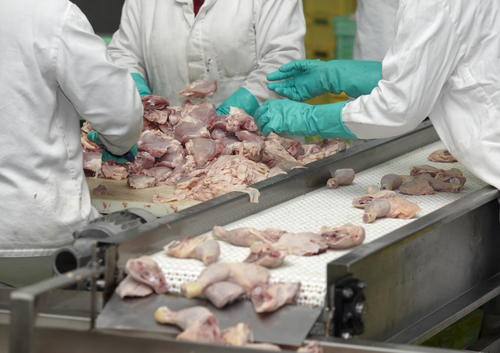Those running shoes you bought from Amazon or that alarm clock you picked up from Target got from where they were made to your neighborhood stores by way of logistics, a trillion-dollar industry in the U.S. Big retailers are able to save money and keep merchandise prices down by, among other things, using cheap labor for logistical purposes. However, a recent study has found that abuse is rampant within the logistics industry.
Jason Rowe of the Kennedy School of Government at Harvard University, in partnership with New Labor, a workers rights group, surveyed 291 workers in New Jersey’s logistics industry and found serious problems in the way companies operate in towns off the heavily trafficked New Jersey turnpike. “New Jersey’s Supply Chain Pain: Warehouse & Logistics Work Under Walmart and Other Big Box Retailers” found the following:
- More than one in five logistics workers surveyed have incomes falling below the Federal Poverty Level.
- Less than 10% of those surveyed earn enough to meet the NJ Self- Sufficiency Standard, a measure of a living wage.
- Almost nine in ten logistics workers are uninsured.
- Agencies explicitly use gender as a hiring criterion for jobs in the logistics sector. They go so far as to advertise specific jobs for men and others for women.
- Women seem to have limited access to higher-paying jobs, like forklift operation. Less than 5% of forklift operators in the survey were women.
The study also found that workers employed through agencies make up a sizable share of the sector’s permanent workforce. But these agency workers are paid less than direct-hire workers doing similar tasks, and face other issues because of their dual-employer situation. In addition, more than 13% of the workers surveyed reported being injured while working in a distribution facility, of which only one-fifth received some form of compensation for medical costs and lost income. A staggering 42% reported not always receiving the personal protective equipment necessary to perform their job safely. Suggestions proposed towards state lawmakers to address these problems include:
- raise the minimum wage
- better combat wage theft
- force agencies to be more transparent with workers
- close any loopholes regarding the unlawful nature of transportation deductions
The state of working conditions for agency workers within the logistics industry nationwide, is dangerous not only to the workers, but also to the big box retailers who use them — potentially affecting their reputation and costing them more money than they have ever saved using low-paid workers.



